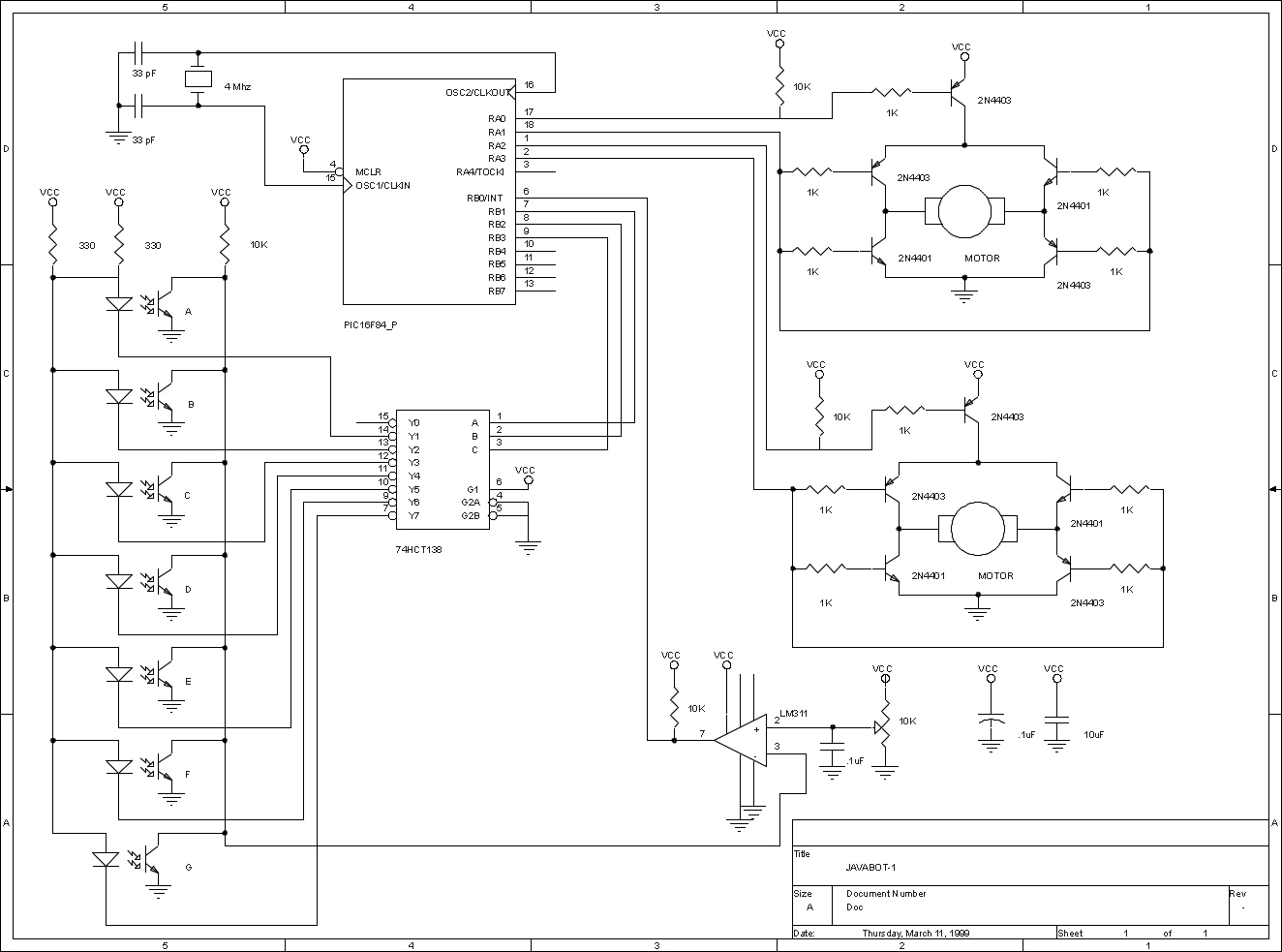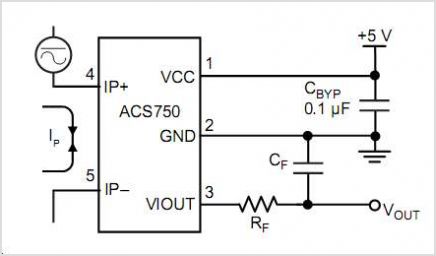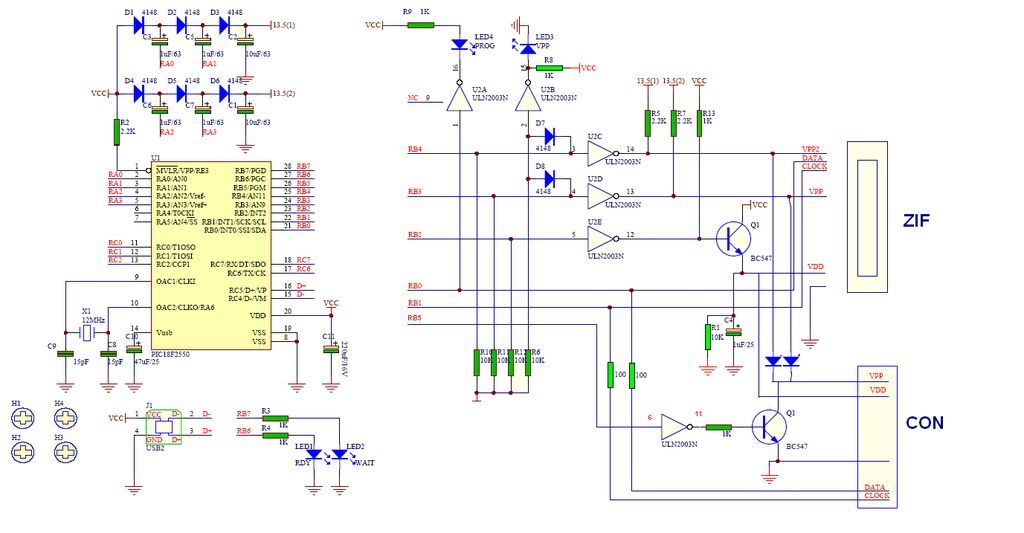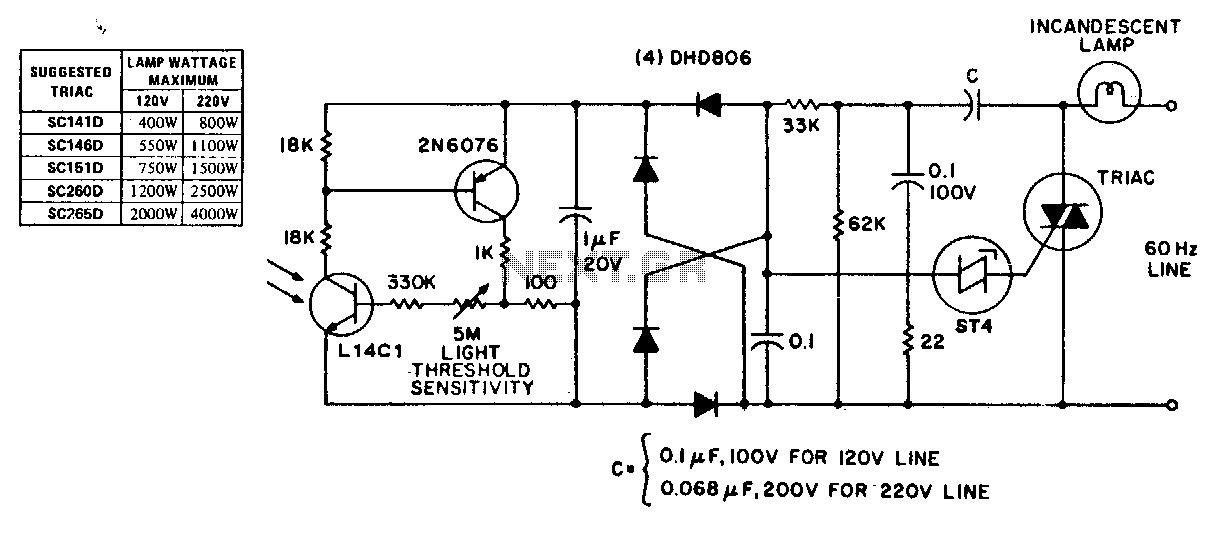
line following robot using pic16f84

The JavaBot1 is a compact line-following robot engineered to trace a black line drawn on a dry erase board. It is specifically designed to navigate along very narrow curves.
The JavaBot1 employs a differential drive mechanism, which allows it to maneuver effectively along the designated path. The robot is equipped with infrared (IR) sensors that detect the contrast between the black line and the surrounding surface. These sensors are strategically positioned at the front of the robot to ensure accurate detection of the line's edges.
The control system of the JavaBot1 consists of a microcontroller that processes the signals from the IR sensors. Based on the readings, the microcontroller adjusts the speed and direction of the motors driving the wheels. For instance, if the left sensor detects the black line, the right motor will speed up to turn the robot back onto the line, and vice versa.
Power for the JavaBot1 is supplied by a rechargeable battery pack, ensuring portability and ease of use. The robot's chassis is constructed from lightweight materials to enhance speed and maneuverability while maintaining structural integrity.
In terms of programming, the JavaBot1 can be configured using a simple algorithm that enables it to follow the line efficiently. This algorithm can be modified to improve performance on different surfaces or to handle more complex line patterns.
Overall, the JavaBot1 serves as an educational tool for demonstrating basic robotics principles, including sensor integration, motor control, and algorithmic programming, making it an ideal project for students and hobbyists interested in robotics and electronics.Design Goal: The JavaBot1 is a small line following robot designed to follow a black line drawn on a dry erase board. It is designed to follow very tight c.. 🔗 External reference
The JavaBot1 employs a differential drive mechanism, which allows it to maneuver effectively along the designated path. The robot is equipped with infrared (IR) sensors that detect the contrast between the black line and the surrounding surface. These sensors are strategically positioned at the front of the robot to ensure accurate detection of the line's edges.
The control system of the JavaBot1 consists of a microcontroller that processes the signals from the IR sensors. Based on the readings, the microcontroller adjusts the speed and direction of the motors driving the wheels. For instance, if the left sensor detects the black line, the right motor will speed up to turn the robot back onto the line, and vice versa.
Power for the JavaBot1 is supplied by a rechargeable battery pack, ensuring portability and ease of use. The robot's chassis is constructed from lightweight materials to enhance speed and maneuverability while maintaining structural integrity.
In terms of programming, the JavaBot1 can be configured using a simple algorithm that enables it to follow the line efficiently. This algorithm can be modified to improve performance on different surfaces or to handle more complex line patterns.
Overall, the JavaBot1 serves as an educational tool for demonstrating basic robotics principles, including sensor integration, motor control, and algorithmic programming, making it an ideal project for students and hobbyists interested in robotics and electronics.Design Goal: The JavaBot1 is a small line following robot designed to follow a black line drawn on a dry erase board. It is designed to follow very tight c.. 🔗 External reference





